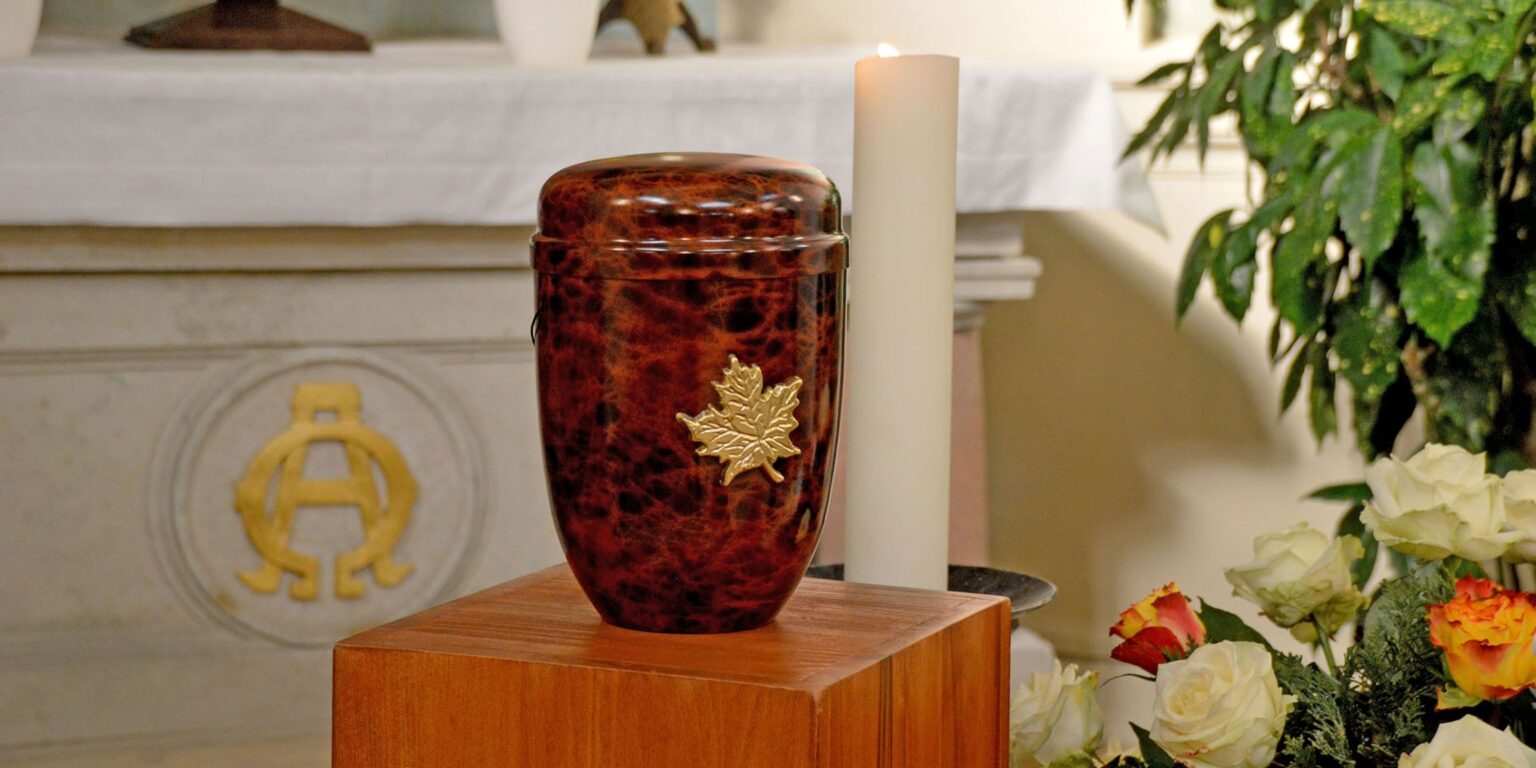Cremation has become a popular choice for its practicality and simplicity, in the ever-evolving landscape of end-of-life rituals. However, it’s no secret that cremation carries environmental concerns. The sheer intensity of energy required to reduce human remains to ashes can leave a significant carbon footprint. But fear not, as we embark on a journey to explore how cremation services are evolving to incorporate sustainable practices, blending reverence for the departed with care for our planet.
The Traditional Cremation Conundrum
Traditional cremation, with its energy-intensive process and emissions of greenhouse gases, raises eyebrows among environmentally conscious individuals. The primary culprits are the use of fossil fuels in cremation and the emissions of carbon dioxide (CO2) and other pollutants.
The Rise of Green Cremation
Fortunately, cremation services are adapting to the times and the pressing need to reduce their environmental impact. One innovative solution is “green cremation,” or alkaline hydrolysis. This process uses a water-based solution, heat, and pressure to break down the body, resulting in ashes without the carbon emissions associated with traditional cremation.
Eco-Friendly Fuel Alternatives
Some crematoriums are transitioning to more sustainable energy sources. Solar panels and biofuels are being explored to replace or supplement traditional natural gas or propane burners. These initiatives not only reduce carbon emissions but also set an example for other industries seeking cleaner energy solutions.
Cremation Container Considerations
The choice of cremation container can significantly impact sustainability. Traditional wooden caskets are often used during cremation, but these require more energy to incinerate. Environmentally conscious options include biodegradable urns made from materials like recycled paper or natural fibers.
Memorial Reforestation
A heartening trend in green cremation is the memorial reforestation movement. Some companies offer services that incorporate a portion of the cremated remains into biodegradable urns filled with soil and tree seeds. These urns, once planted, contribute to the growth of new life, transforming cemeteries into lush, living memorials.
Carbon Offsetting Initiatives
To mitigate the environmental impact of cremation, some crematoriums are partnering with organizations to support carbon offset projects. This approach allows families to participate in environmental restoration efforts that align with their values.
Education and Choice
One of the key drivers of sustainable practices in cremation services is education. Families are becoming more aware of the environmental consequences of traditional cremation and are increasingly seeking eco-friendly alternatives. As the demand for sustainable options grows, so too will the industry’s commitment to greener practices.
Sustainable Memorialization
Incorporating sustainability into cremation services goes beyond the cremation process itself. Cemeteries are evolving to create sustainable memorial spaces, with features like native plant landscaping, rainwater harvesting, and energy-efficient lighting. These eco-friendly cemeteries provide a peaceful and environmentally conscious final resting place.
Government Regulations and Incentives
Government agencies are beginning to recognize the importance of regulating cremation’s environmental impact. Some regions are implementing emission standards for crematoriums, while others offer incentives for adopting eco-friendly practices. These measures play a crucial role in encouraging the industry’s transition toward sustainability.
The journey to incorporate sustainable practices in cremation services is a testament to human ingenuity and compassion. As we navigate an era of growing environmental consciousness, the funeral industry is adapting to meet the evolving needs of society. Green cremation, energy-efficient technologies, eco-friendly containers, and reforestation initiatives are just a few examples of how cremation services are taking steps to reduce their environmental footprint.
The choice to incorporate sustainability into cremation services ultimately rests with families and individuals, who increasingly seek ways to honor their loved ones while also honoring the planet. By fostering a culture of environmental responsibility and offering eco-conscious options, cremation services can play a vital role in preserving the beauty of our world, even in the solemn moments of saying goodbye to those we hold dear.

